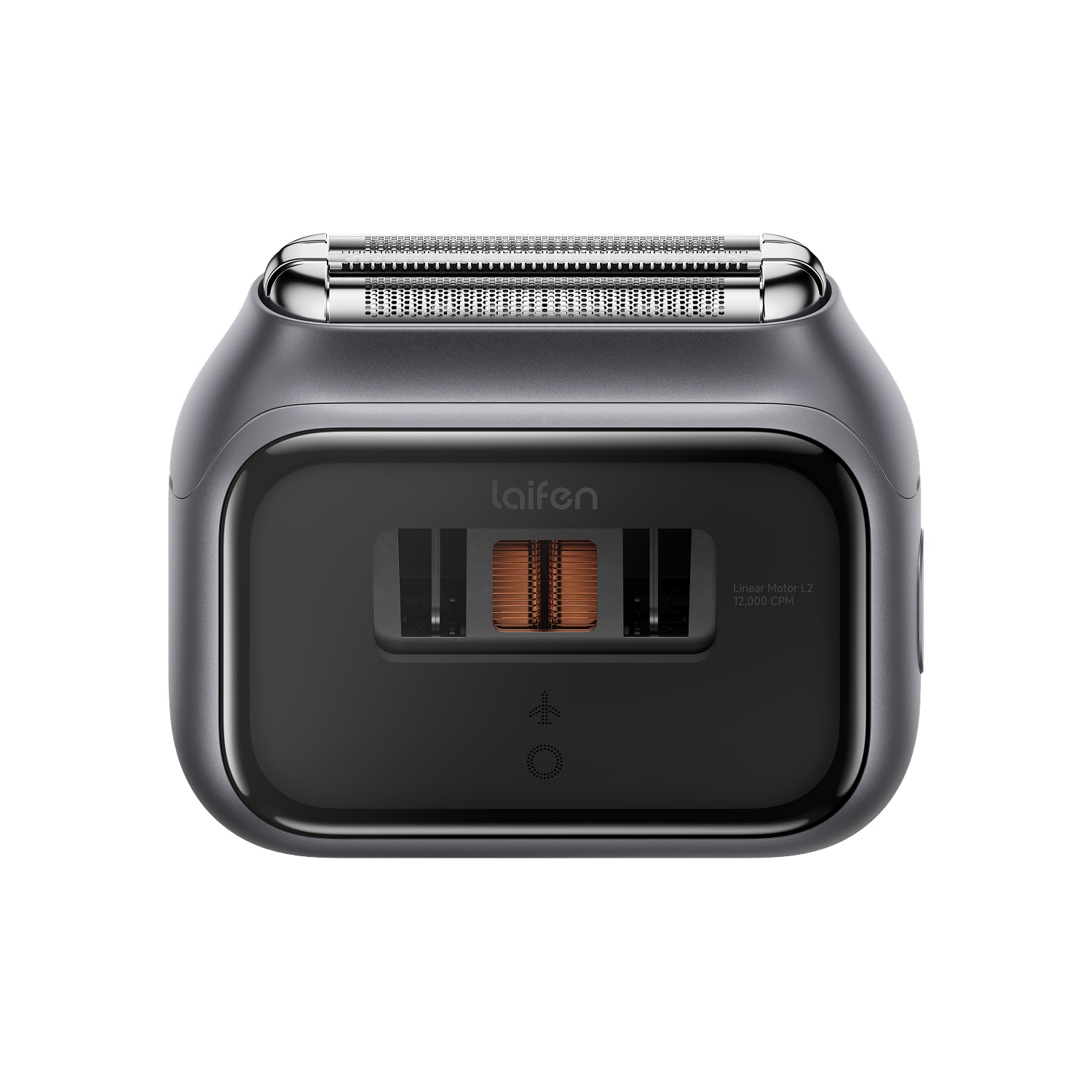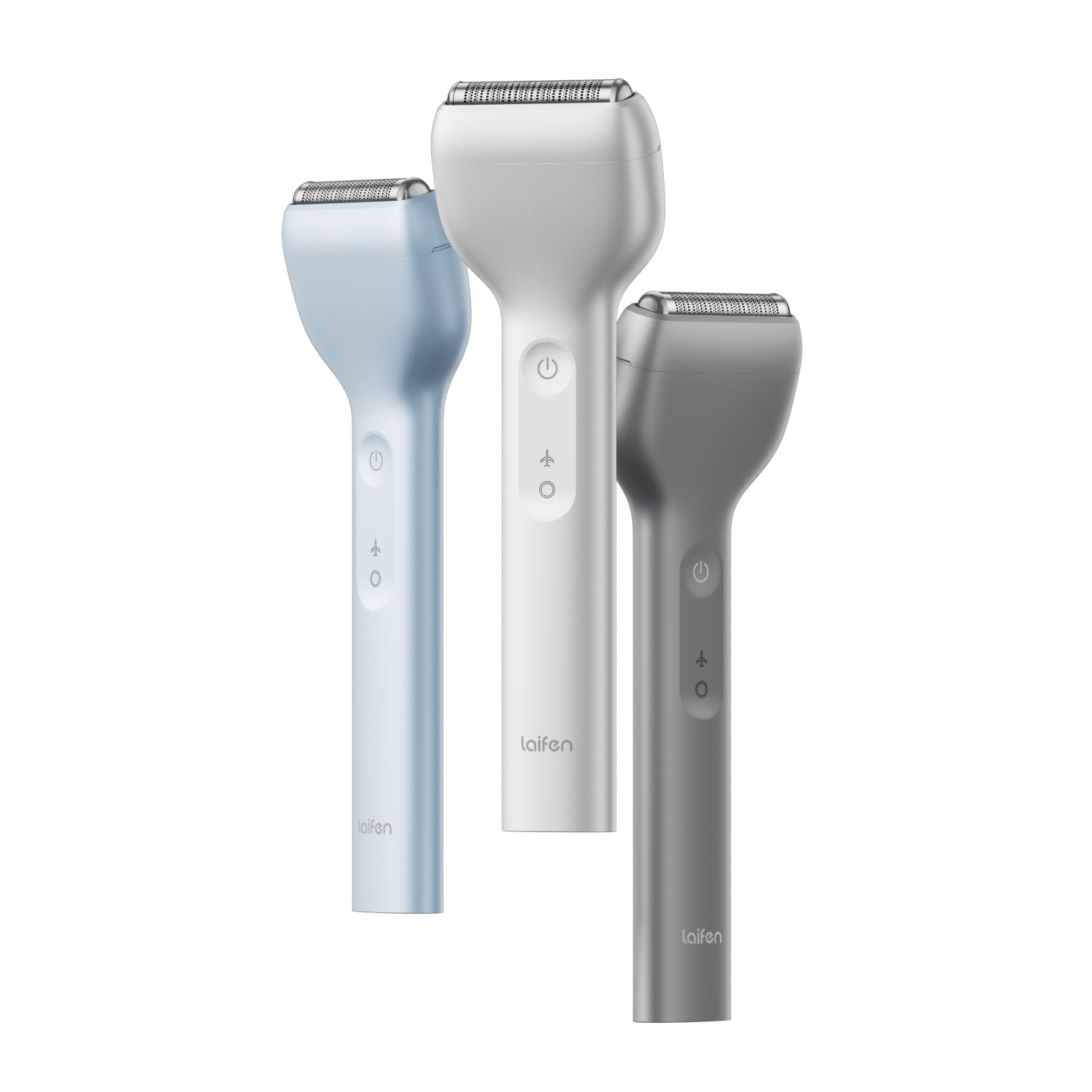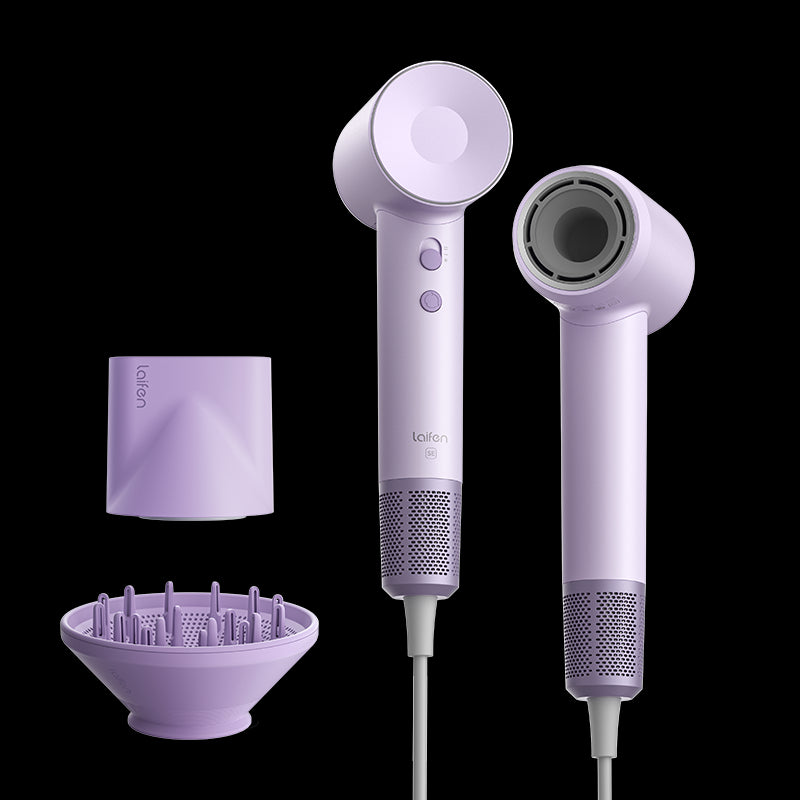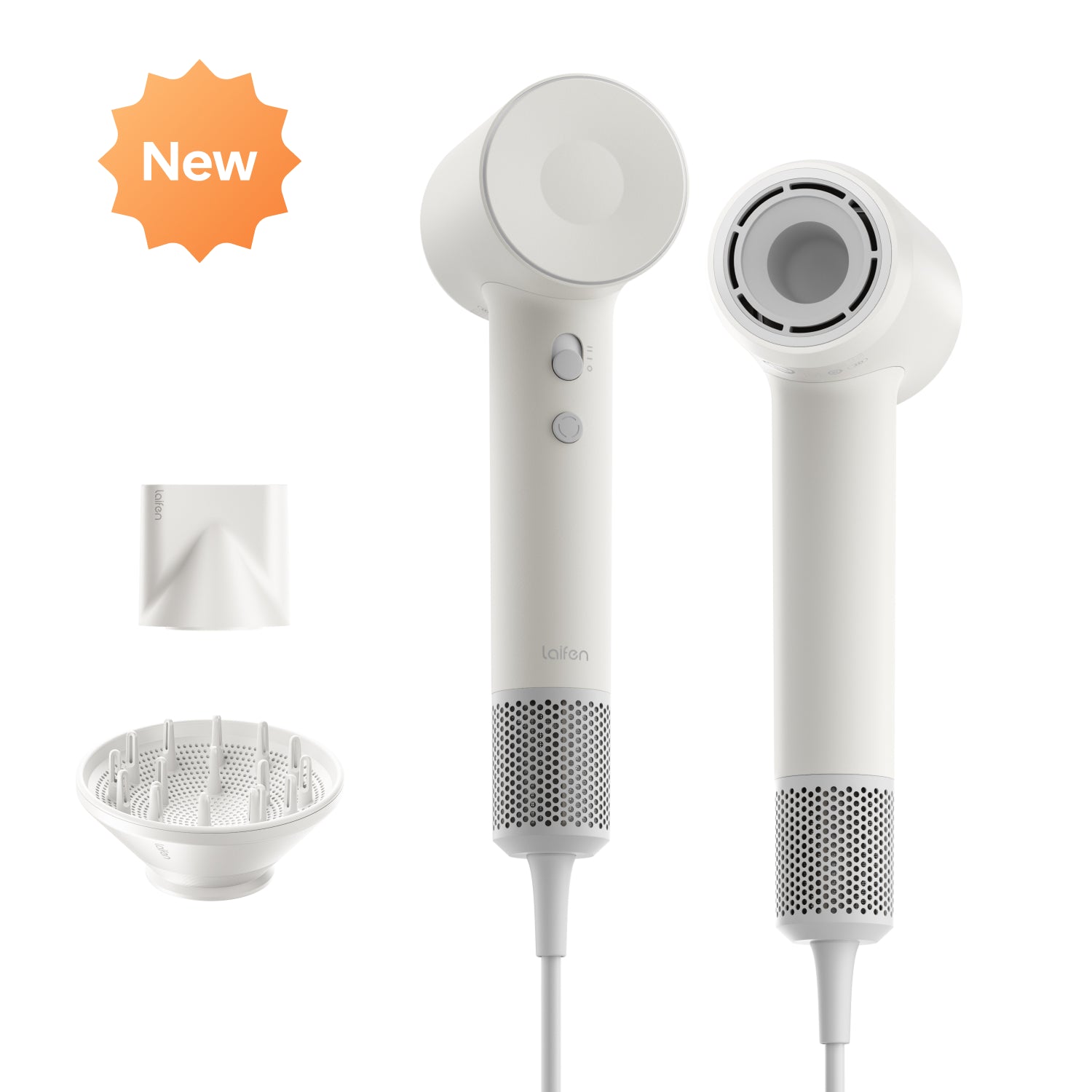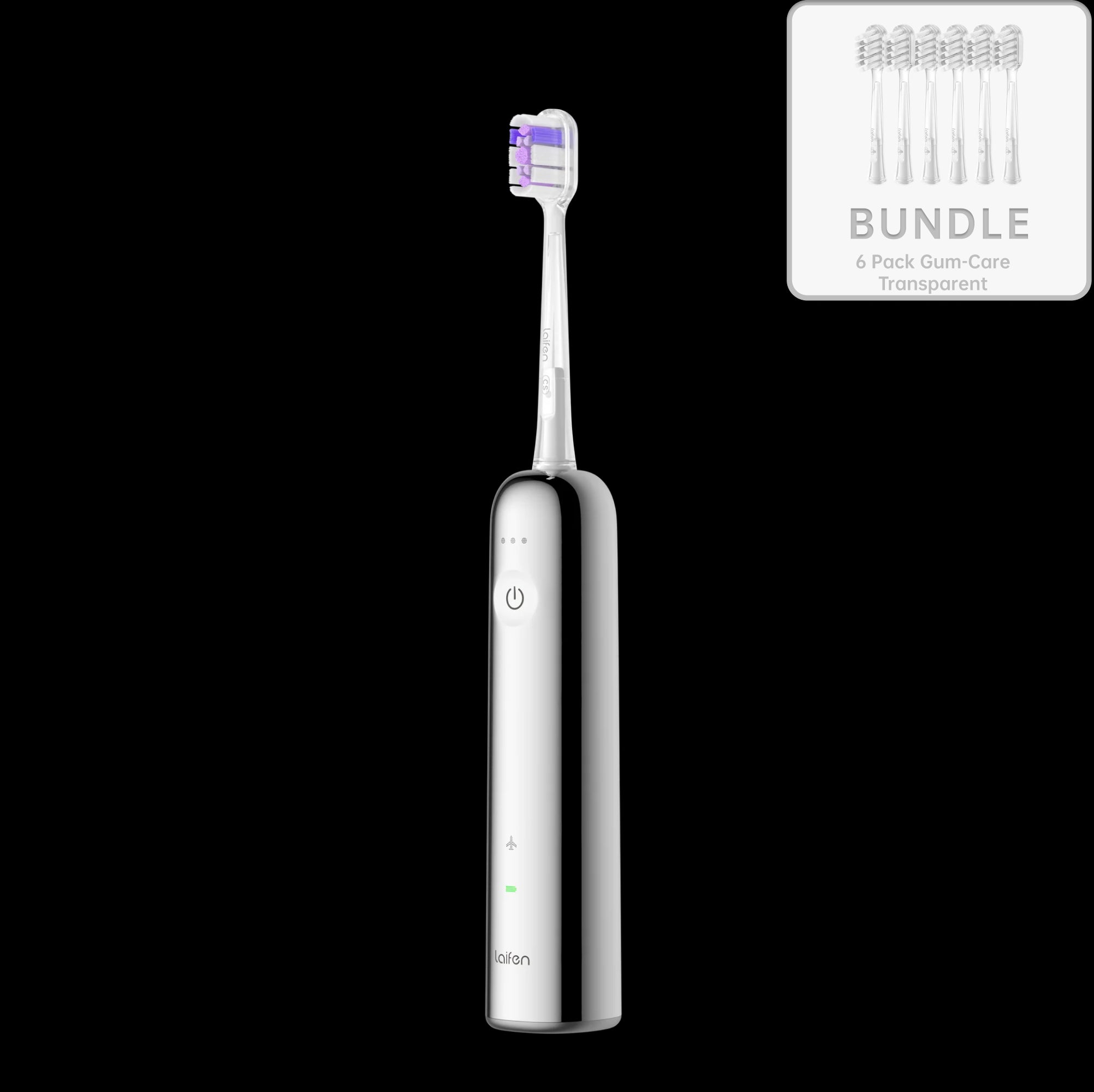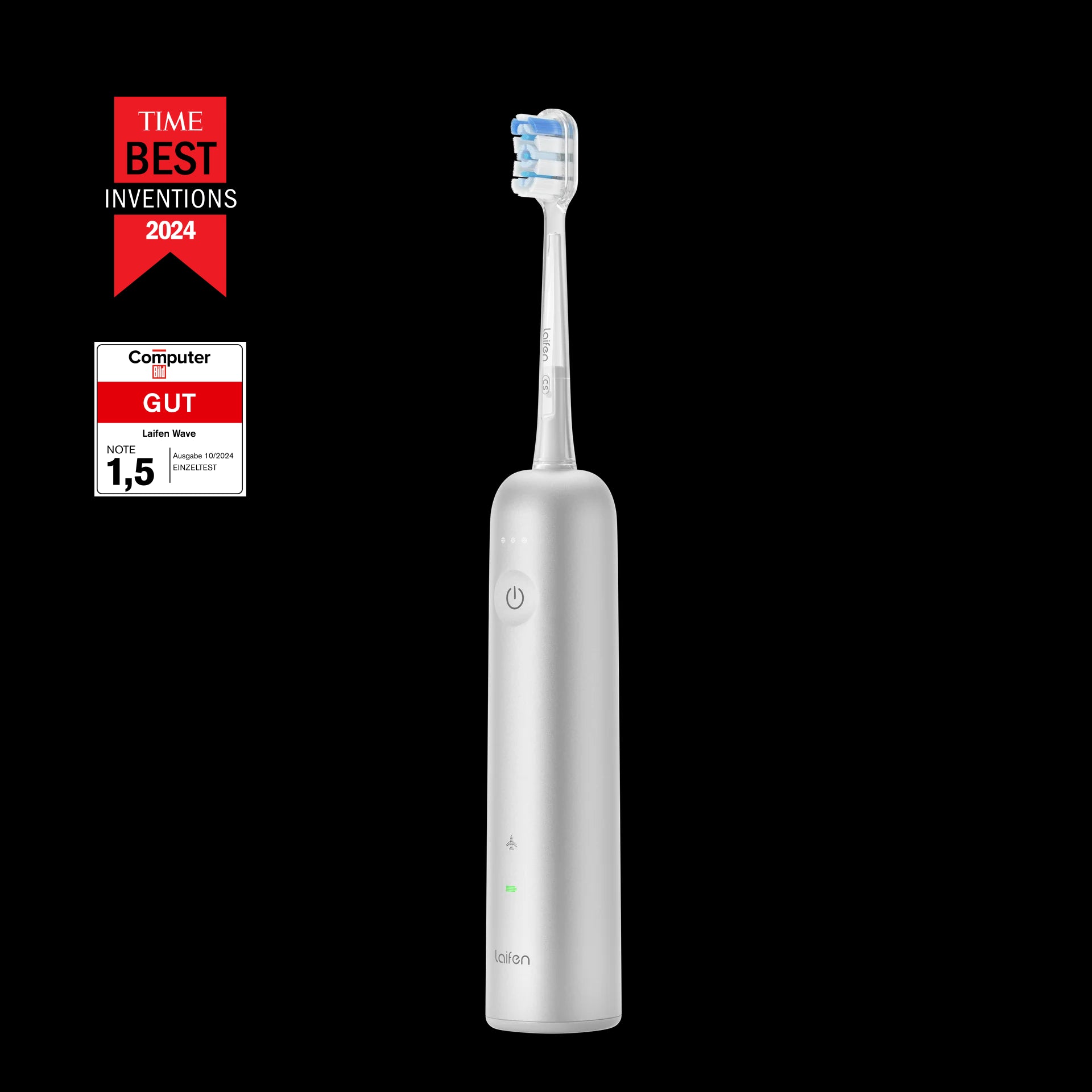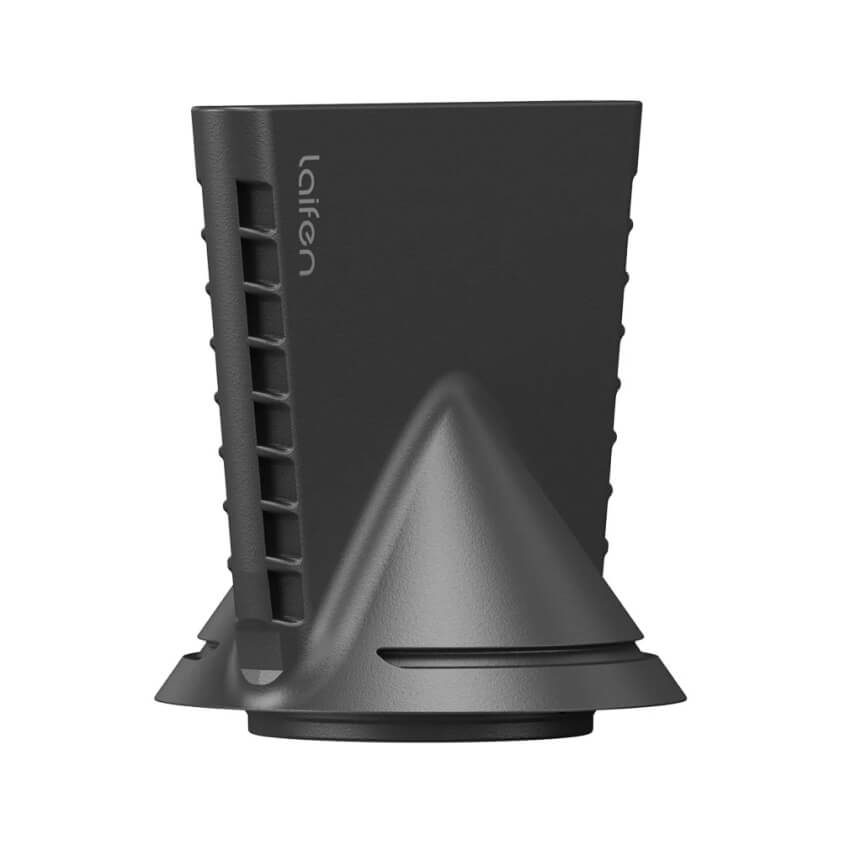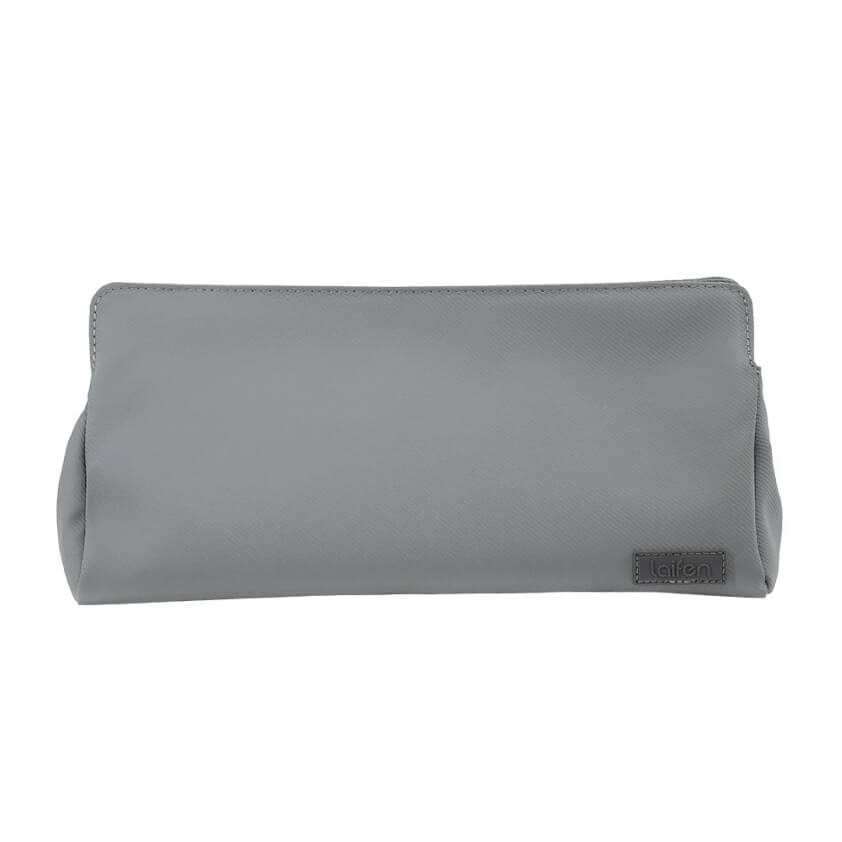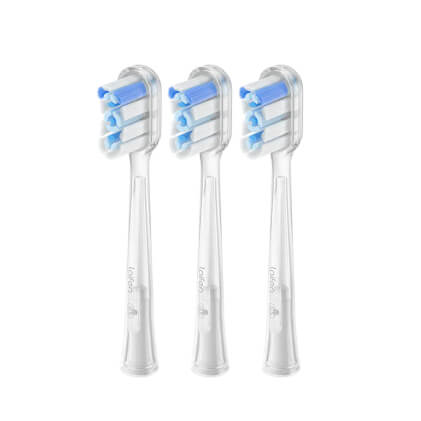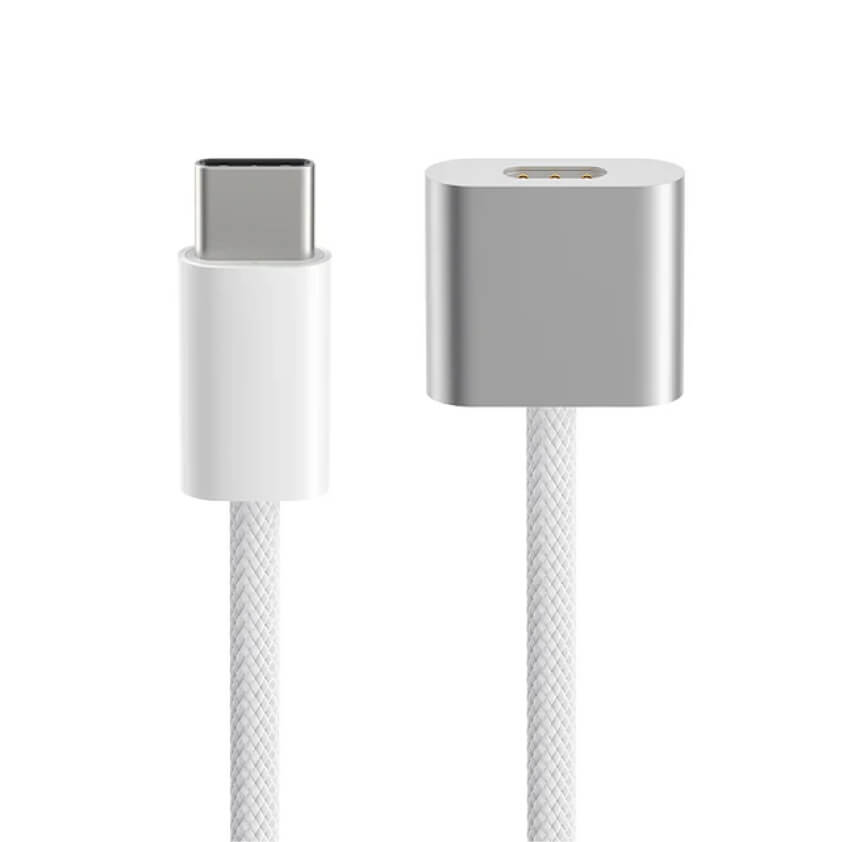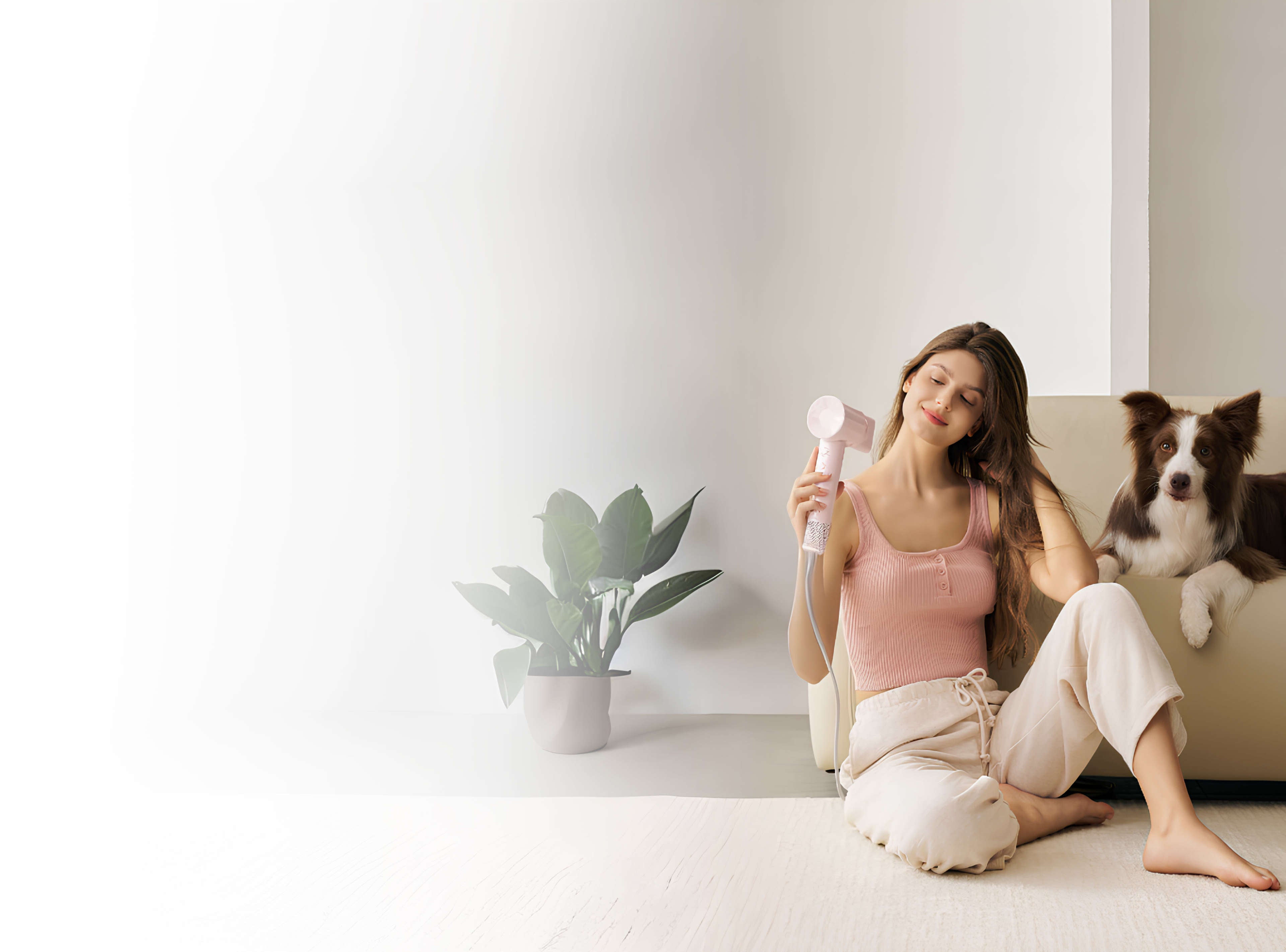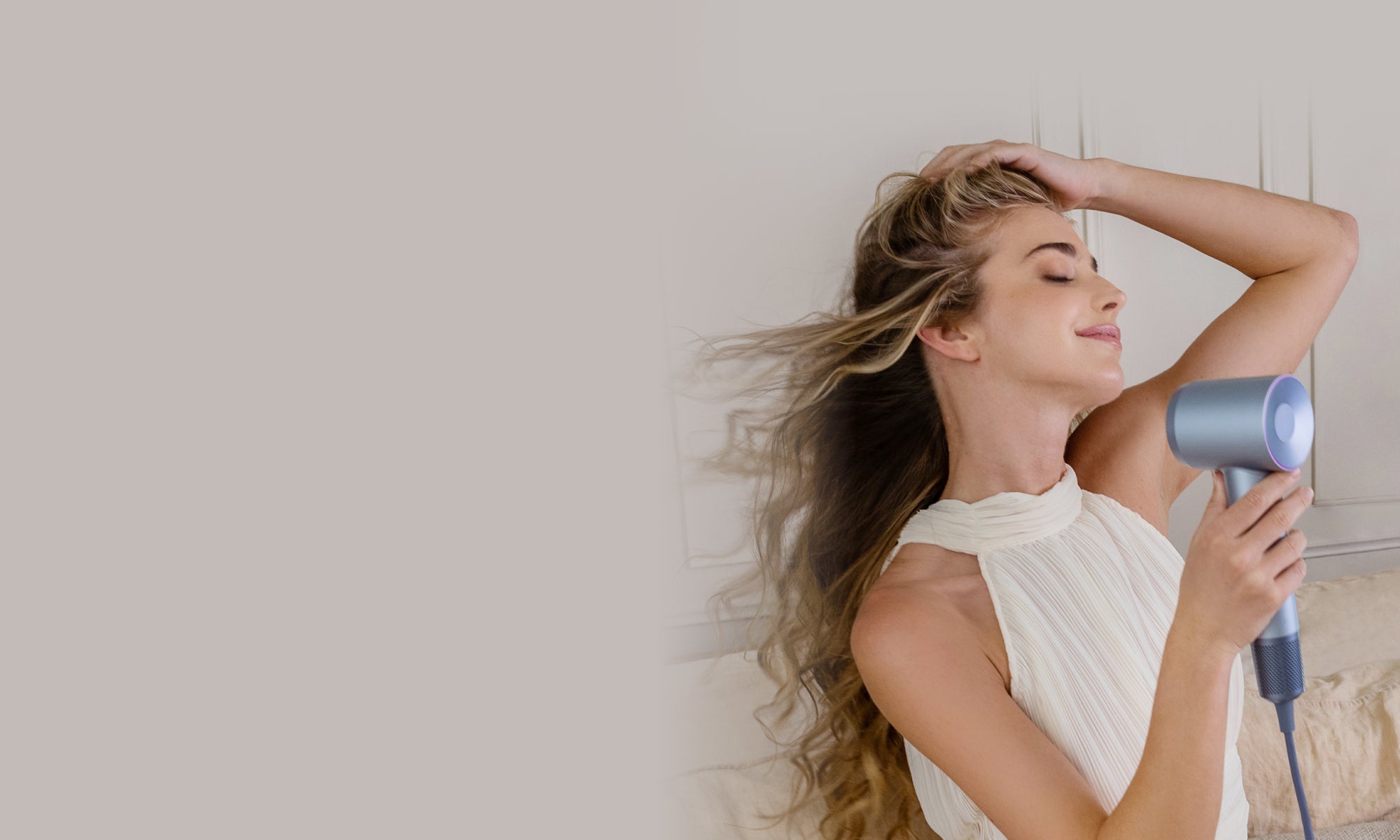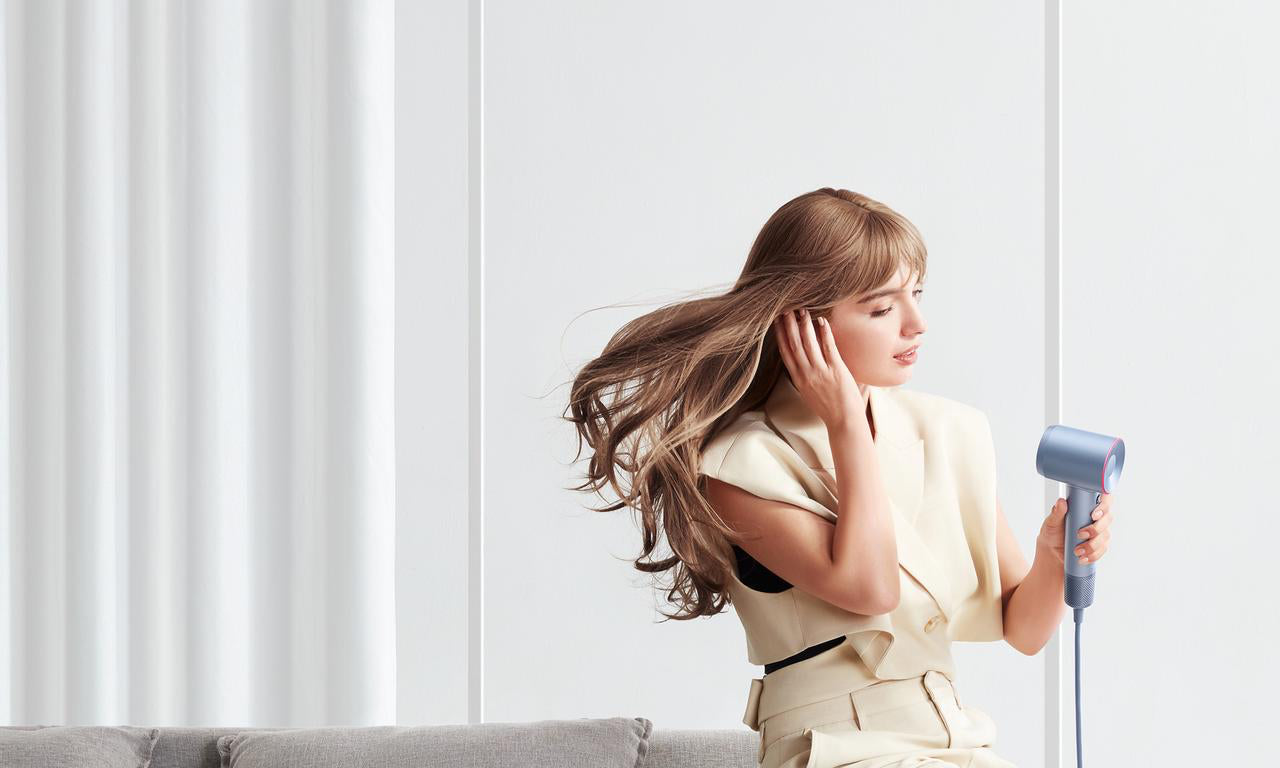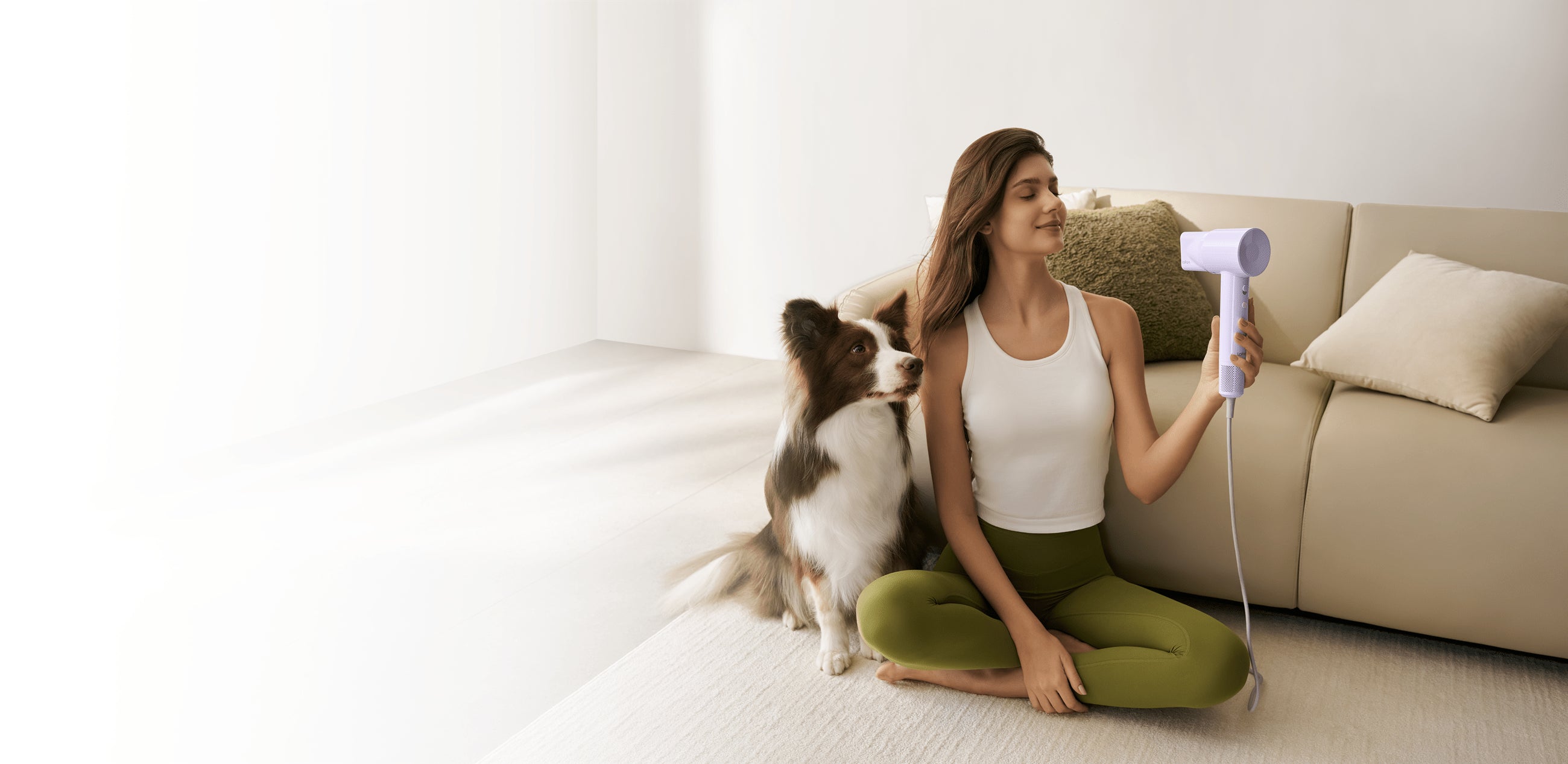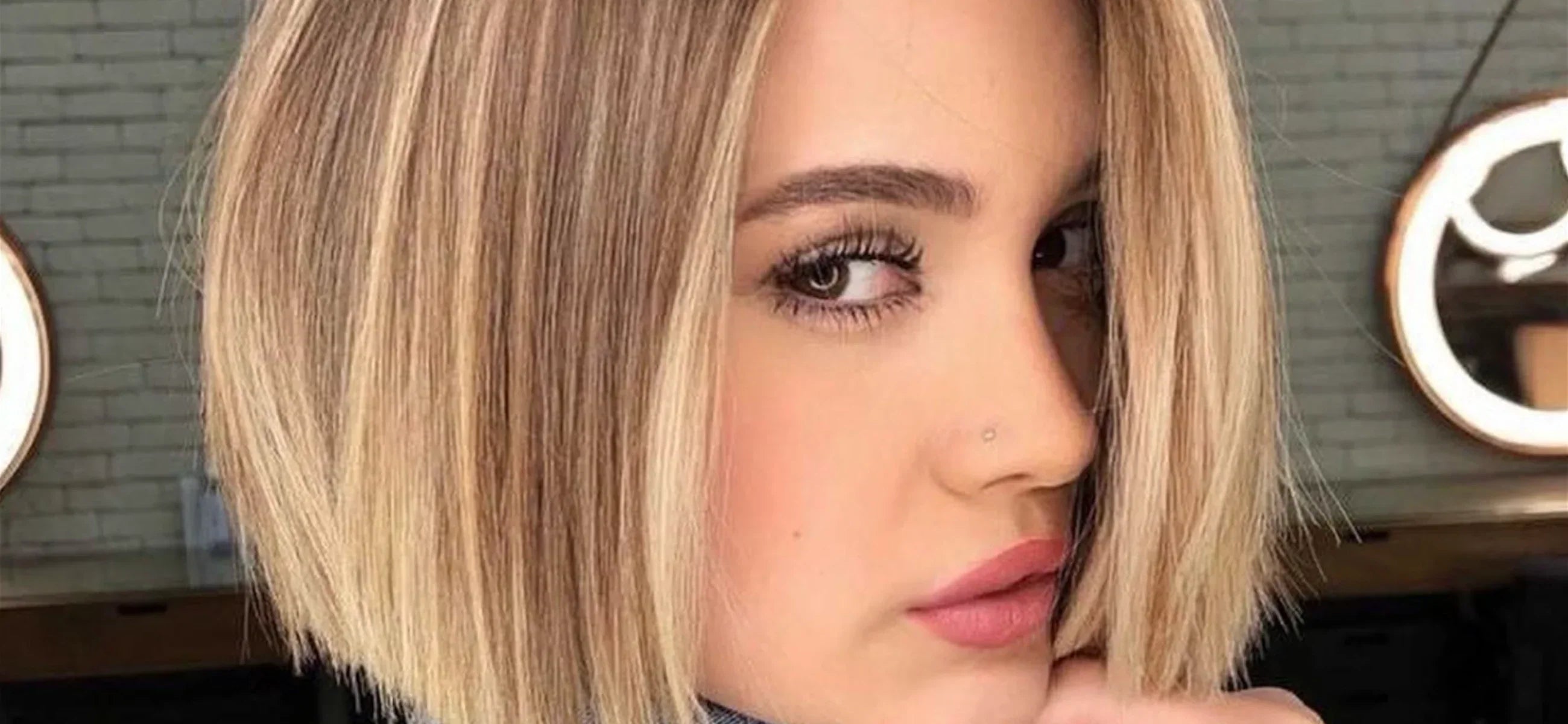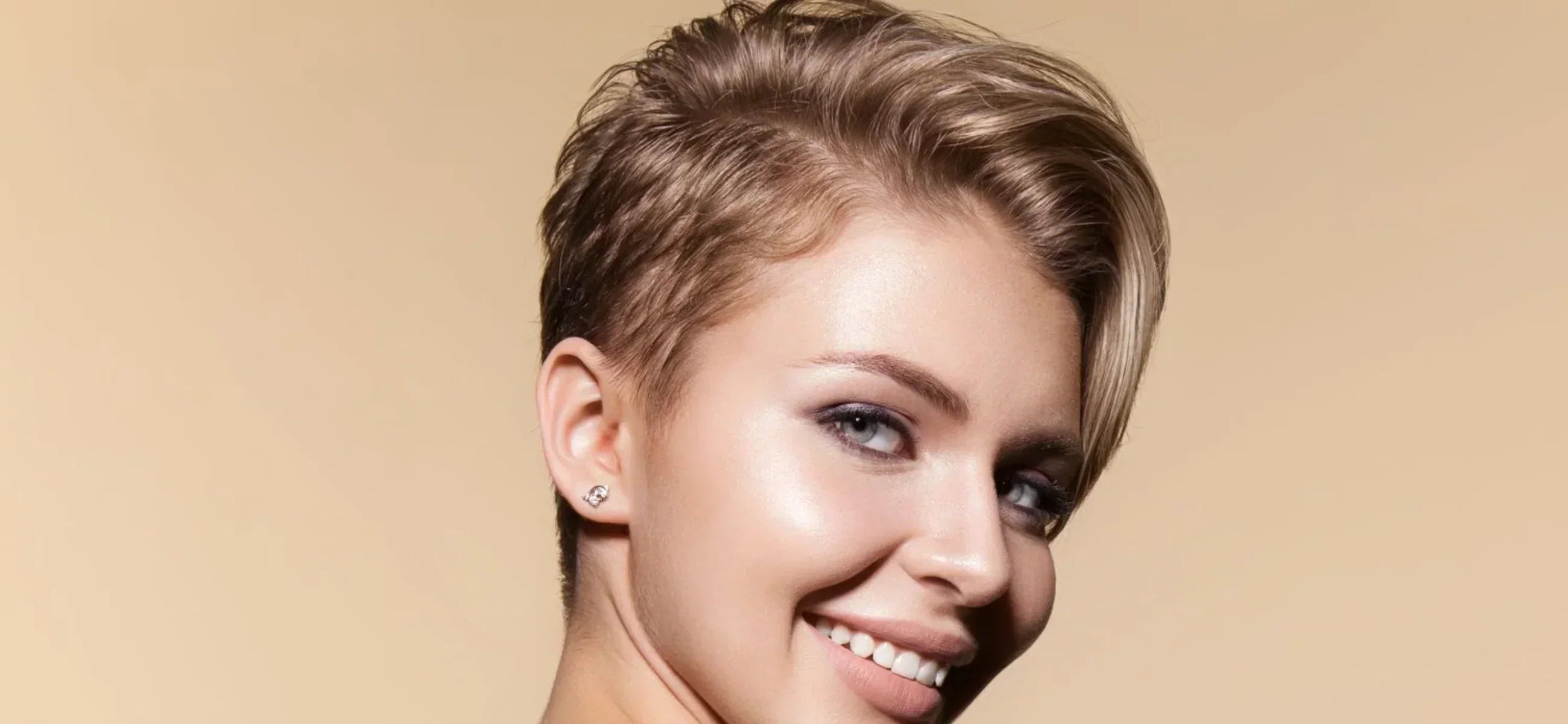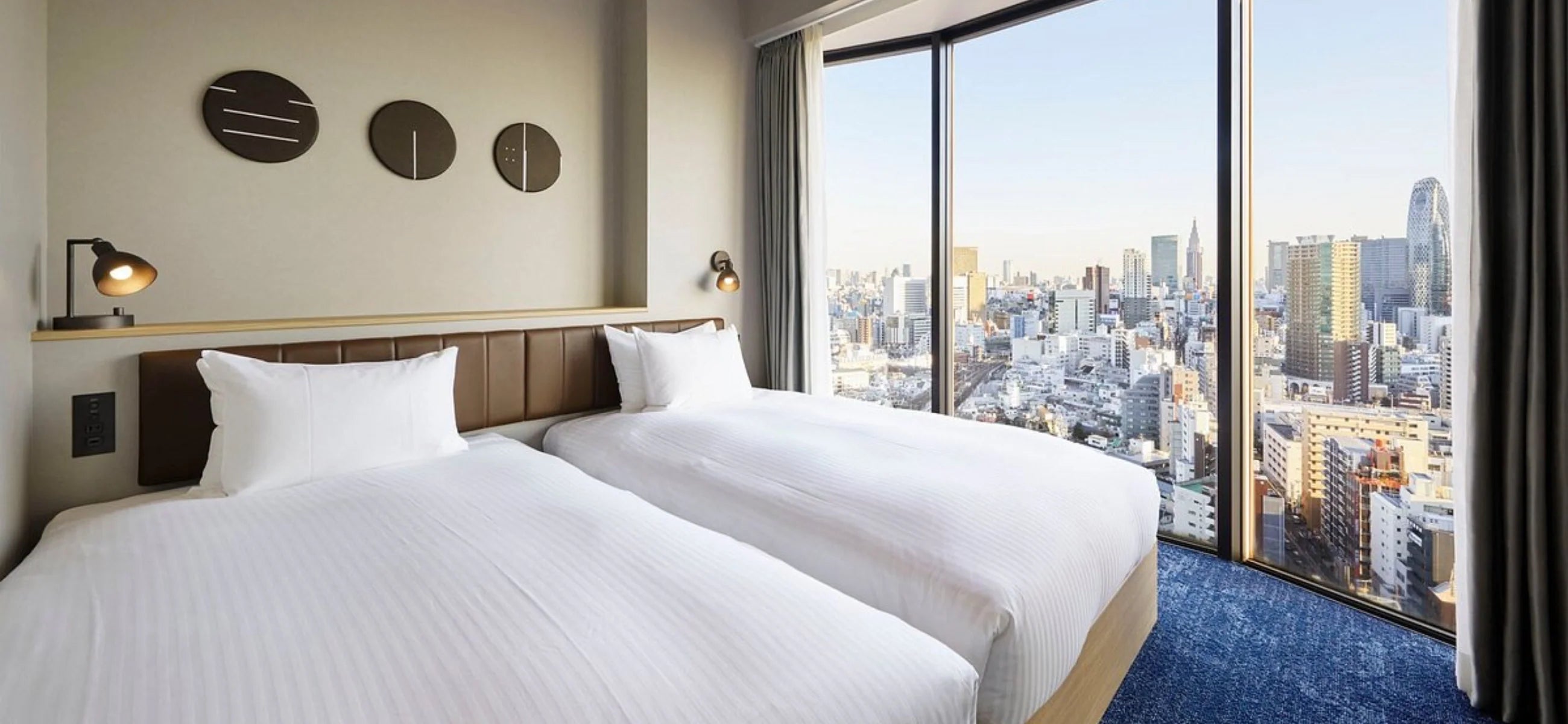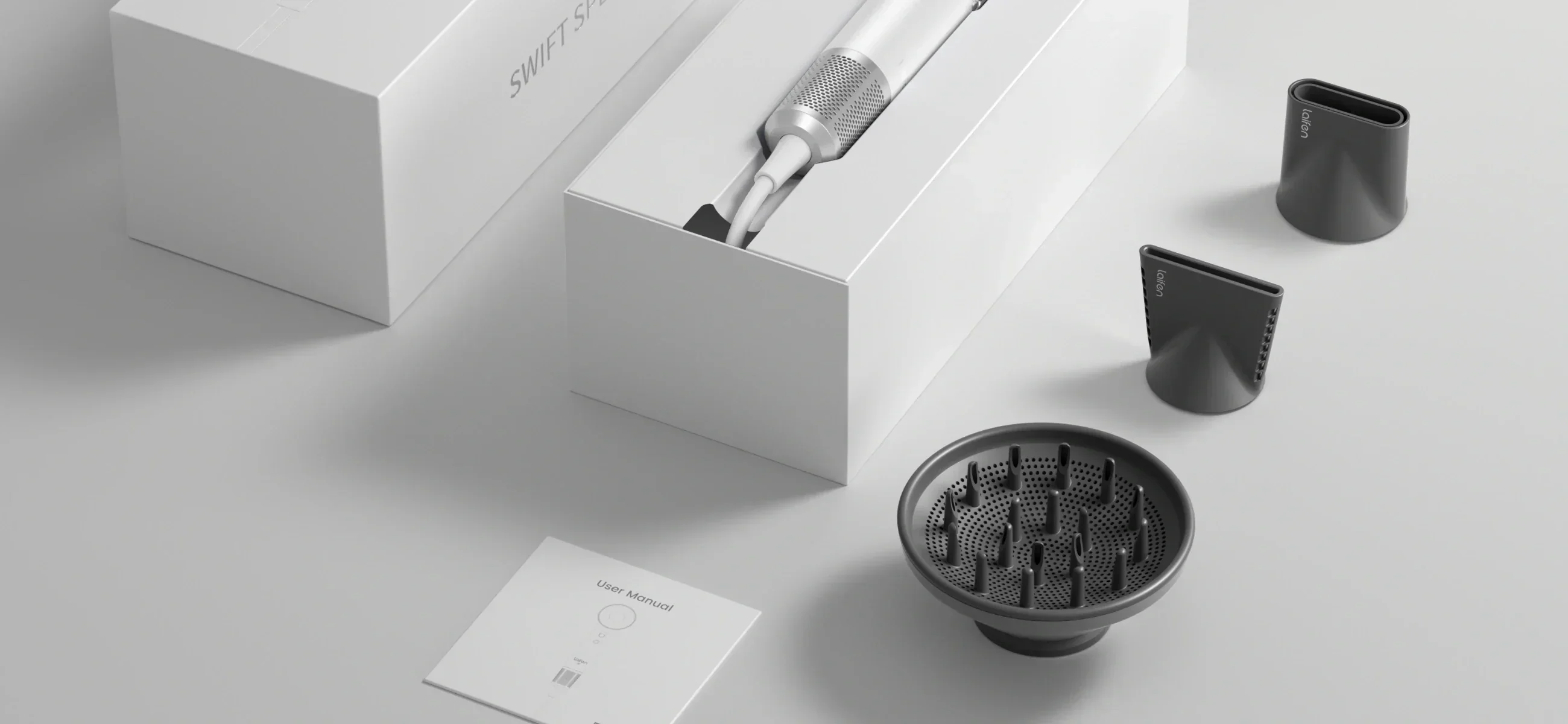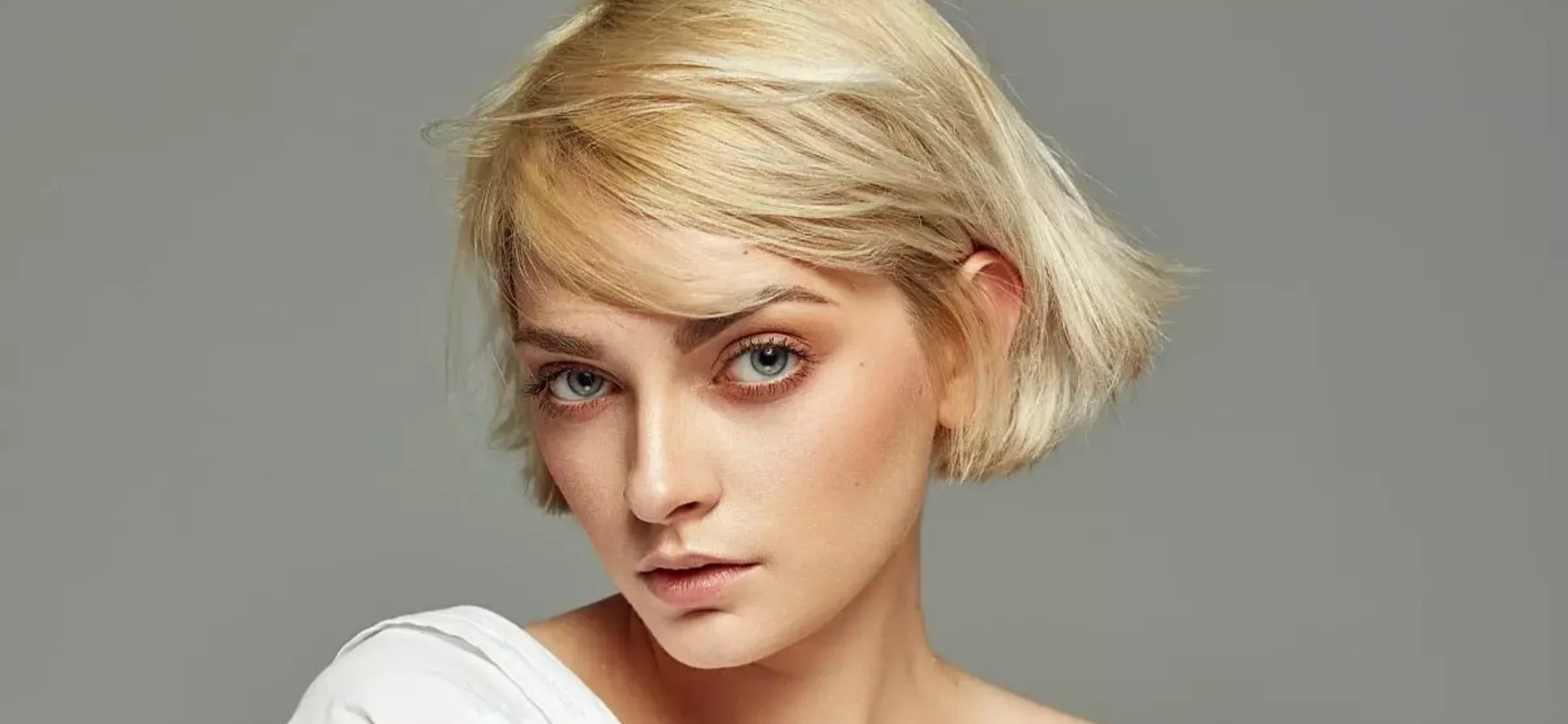
In this article
- Q1: How often should I trim short hair?
- Q2: What products work best for short styles?
- Q3: How do I add volume to short hair?
- Q4: Is growing out short hair difficult?
- Q5: How do I avoid bedhead with short hair?
- Q6: Can short hair get split ends?
- Q7: How do I style short hair for events?
- Q8: Is short hair really low-maintenance?
- Q9: What short cuts flatter my face shape?
- Q10: How do I refresh short hair between washes?
Short hair may be low in length, but it’s high in questions. Once you make the cut you quickly realize it comes with its own set of rules. How often should you trim to keep the shape sharp? Why does it fall flat one day and puff up the next? Can you still do anything fun with it for a night out?
So instead of letting you scroll through conflicting TikTok advice, we asked the pros. We’ve brought in expert stylists to answer the questions real short-haired people are actually asking about volume, styling tricks, regrowth plans, and more.
Q1: How often should I trim short hair?

For short hair, trims are part of the look. Because short cuts lose shape faster, most stylists recommend a refresh every 4–6 weeks. That goes for both men and women. If you’ve got a pixie, fade, or a precise bob, even a half-inch of growth can change everything.
For men with tight fades or cropped styles, some book touch-ups every 2–3 weeks to keep edges sharp. For women, it depends on the vibe—sleek bobs may need monthly shaping, while soft, textured styles can stretch a bit longer. Either way, think of trims as maintenance, not setbacks.
Q2: What products work best for short styles?
With shorter cuts, there’s nowhere for heavy products to hide. That rich, creamy leave-in that worked on your mid-back strands? It might weigh down your pixie or bob and leave it looking greasy instead of glossy. For short styles, it’s all about control, texture, and just the right amount of movement.
If your style leans edgy, go for a molding paste or clay with medium to strong hold. Want more volume at the root? A dry texture spray adds lift without stickiness, and root powders can give you grip on even freshly washed hair. For softer shapes, like a wavy bob or layered shag, mousse or light cream gels will keep everything in place while letting the natural texture shine.
Q3: How do I add volume to short hair?
Volume in short styles is all about smart styling choices, not just piling on product. Here are stylist-approved ways to boost body and bounce
1. Use a high-speed hair dryer (Like the Laifen SE): A good blow-dry is half the battle when it comes to volume. The Laifen SE high-speed dryer is powerful but gentle, which is key for short hair that can frizz or puff with too much heat. Dry your hair upside down or with a round brush at the roots to create lift where you want it most at the crown and sides. Learn how to blow out hair for volume.
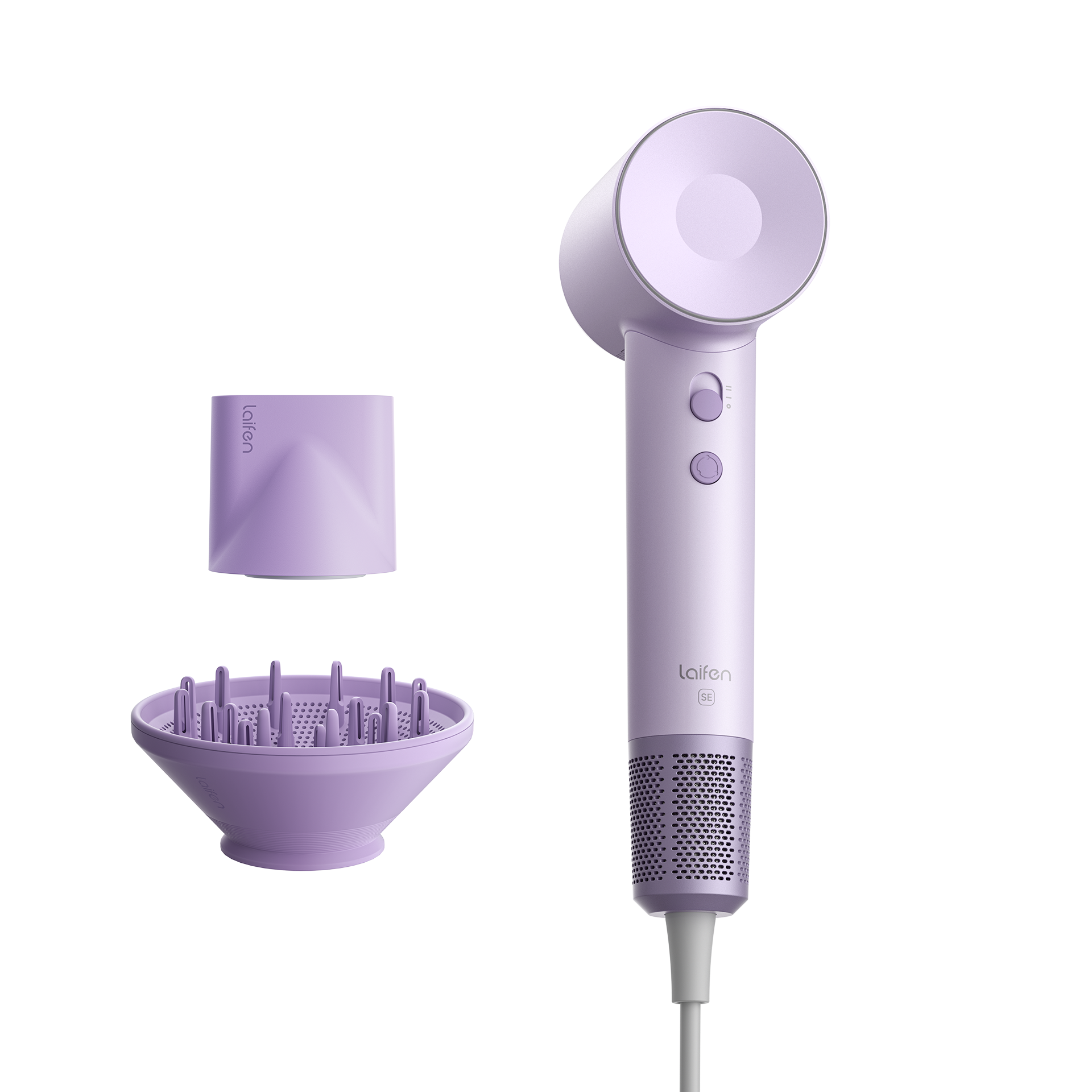
2. Add texture with lightweight products: Short hair loves texture. Sprays or mousses labeled “volumizing” or “root lift” help build structure without stiffness. Apply at the roots while hair is still damp, then tousle or scrunch lightly as it dries.
3. Switch up your part: If you’ve been parting your hair the same way since high school, now’s the time to switch it up. Flipping your part can instantly add height at the root. It’s a no-effort trick that makes a short cut look fresh and intentionally styled.
4. Consider the cut: The right layers can do more for your volume than any product. Ask your stylist for soft, hidden layers that remove weight and create movement, especially near the crown. Even the shortest styles can benefit from this lift, more air between the strands means more bounce on top.
Q4: Is growing out short hair difficult?
Yes. The awkward stages are real (hello, random flips and shaggy bits), but they’re also temporary. The key is learning how to shape it as you go. With a few tweaks, even in-between lengths can feel like a style moment, not a setback.
How to grow it out without giving up? Keep up with trims to clean the edges without losing progress. Add soft layers for movement, shift your part to hide uneven spots, and lean on texture sprays or clips when things get weird. Growing out short hair is all about small changes that make a big difference until one day, it’s not “growing out” anymore.
Q5: How do I avoid bedhead with short hair?
With short hair, there’s no hiding bedhead—it either sits perfectly or sticks out like a rebellious feather. Because short strands are lighter, they’re more likely to bend, flip, and flatten in odd directions overnight. You can prep your hair before bed, not after. A quick mist of leave-in conditioner or a light styling cream can help your hair dry into a softer, more manageable shape while you sleep.
Also, swap that cotton pillowcase for silk or satin. Less friction means fewer dents and less morning chaos. If your cut is especially short (like a pixie or crop), try sleeping with a soft head wrap or even just smoothing your hair with a damp hand in the morning.
Q6: Can short hair get split ends?
Absolutely. Just because your hair is short doesn’t mean it’s safe from split ends. In fact, shorter cuts often expose ends more frequently to heat, styling, and weather, all of which can fray the strands. And while the damage may not stretch as far down the length as it does with long hair, it still shows.

To get rid of split ends effectively, try these:
1. Every 6–8 weeks keeps ends fresh and stops splits from creeping upward.
2. Use a lightweight protectant before blow-drying or flat ironing.
3. Smooths rough cuticles and minimizes new breakage.
Q7: How do I style short hair for events?
Try out our ways to elevate your short hair for something special.

1. Play with parting
A deep side part adds instant glam and drama. It frames the face, shows off cheekbones, and gives even the simplest pixie or bob a red carpet vibe.
2. Add volume at the crown
Short styles can flatten fast, so prep with a volumizing spray or a high-speed dryer like the Laifen SE to build lift at the roots. It’s a subtle trick that makes your whole look feel more styled.
3. Accessorize with intention
Hair clips, headbands, or a statement pin can elevate your look in seconds. Small, impactful, and the perfect way to personalize your style.
4. Go sleek (On purpose)
Smoothing balm or shine serum can transform short hair from casual to polished. Use a little on your ends or edges for a glassy, put-together finish that says “I planned this” even if you didn’t.
Q8: Is short hair really low-maintenance?
That depends. Short hair definitely means less to wash, dry, and detangle but that doesn’t always mean it’s effortless. Because short styles expose more of your face and head shape, they tend to show shape (or lack of it) faster than long hair.
That said, some short hairstyles really do simplify your routine. A pixie cut with soft texture is easy to air-dry and style with just a dab of pomade. A classic crop or French bob can be tucked, slicked, or tousled in minutes. Even buzz cuts or super close fades look great with zero styling as long as you keep up with regular trims.
Q9: What short cuts flatter my face shape?
One of the most common questions before going short is: Will it suit my face shape? The good news? There’s a short style for every face, and it’s just about balance. Check out the quick-reference table to help you find your match.
|
Face Shape |
How to tell |
Flattering short styles |
|
Oval |
Balanced proportions, slightly longer than wide |
Almost anything goes: pixie, French bob, shag, or a layered crop all enhance symmetry |
|
Round |
Width and length are similar, softer jawline |
Go for height and angles: pixie with volume, asymmetrical bob, or side-swept fringe |
|
Square |
Strong jaw, broad forehead |
Soften edges with texture: wavy bobs, curtain bangs, or layered cuts that fall below the jaw |
|
Heart |
Wider forehead, narrow chin |
Chin-length bobs, side parts, and piecey pixies add balance and draw attention downward |
|
Long/Oblong |
Face is longer than it is wide, with defined cheekbones |
Add width: blunt bobs, soft waves, or short cuts with bangs to shorten the look |
|
Diamond |
Narrow forehead and jaw, wide cheekbones |
Volume on top or at the jaw works well: textured crops, pixies with lift, or sculpted bobs |
Q10: How do I refresh short hair between washes?
Since you’re working with less length, a little grease at the roots or a flattened side can be very noticeable. Start with a dry shampoo or texture spray to revive volume and soak up excess oil. Flip your hair over, massage the product in with your fingertips, and use a brush or wide-tooth comb to rework the shape.
If things still feel off, try a quick mist of water or leave-in conditioner and re-style just the sections that need a refresh. A round brush and a fast blast from a high-speed dryer like the Laifen SE can reset your volume in under five minutes.

